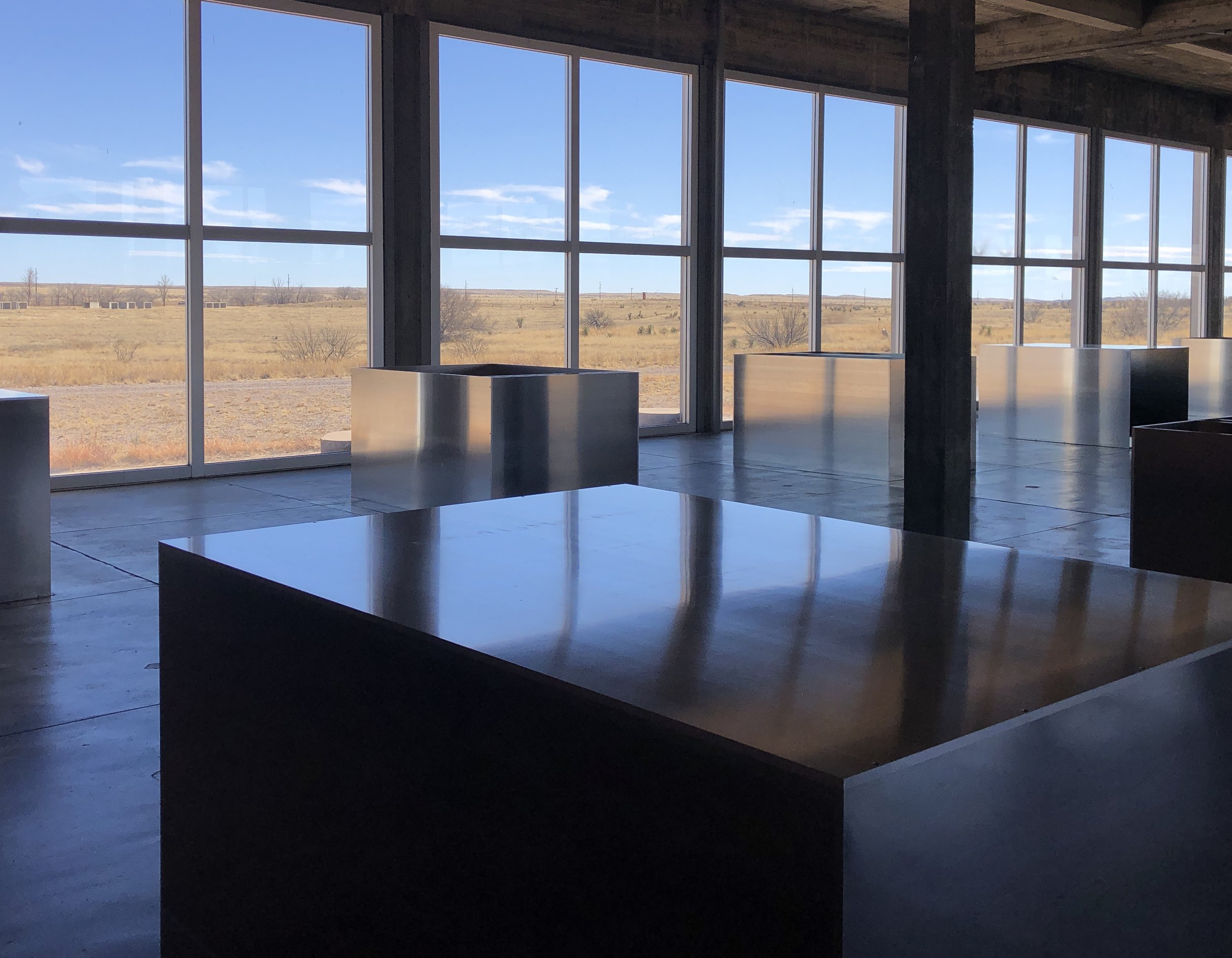Big Bend
Originally Published February 22, 2022
Anyone who has spent time in Texas will understand its vastness, its majesty, its monotony, its mentality, its desire to secede, its petroleum culture (gas, asphalt and tires), the tar balls on the beaches, the ancient pictographs, the flash floods, the limestone escarpments, the drought (the driest since 800 AD), the wind that carves the canyon, the softness of the sunset, the crackle of gravel under your feet.
Of all of the places in Texas, Big Bend is the most rugged, desolate and barren. Located along the Rio Grande in the southwest corner of Texas, Big Bend is a 900,000 acre national park of mountainous desert, carved out by millennia of water, sand and wind. On the other side, a set of parks and conservation areas nearly as large, is maintained by Mexico. It takes an hour and a half to reach any campsite within Big Bend. You keep a close eye on your gas gauge.
We crossed the border several times while we were here, the Rio Grande being only ankle deep in many parts. The Border Patrol on both sides keeps watch, mostly to discourage flagrant violations, while at the same time allowing a considerable amount of traffic across the river each day. Horses and donkeys wander across to graze and must be retrieved. Trailside displays carry handmade trinkets for sale, with money collected from the jars at the end of the day. It is a hundred miles to the nearest road on the Mexican side, so the coyotes do not come this way. The ecology and wildlife have their own boundaries. The little towns have family members on both sides of the river.
We crossed the border several times while we were here, the Rio Grande being only ankle deep in many parts. The Border Patrol on both sides keeps watch, mostly to discourage flagrant violations, while at the same time allowing a considerable amount of traffic across the river each day. Horses and donkeys wander across to graze and must be retrieved. Trailside displays carry handmade trinkets for sale, with money collected from the jars at the end of the day. It is a hundred miles to the nearest road on the Mexican side, so the coyotes do not come this way. The ecology and wildlife have their own boundaries. The little towns have family members on both sides of the river.
The official Port of Entry at Boquillas was closed for many years after 911, and the Mexican towns suffered greatly from the loss of tourist trade. The two restaurants in Boquillas are now full each day at noon. At some point the National Park Service sought the help of the Mexican group, the Diablo Hot Shots, to assist in fighting forest fires, and they now regularly perform construction and conservation measures along the river for the US. It's a fluid arrangement.
Nevertheless, appearances must be kept, and so when we crossed the river to ride to Boquillas for lunch, we skirted down the river, through the brush, and into the shadows of the desert valley, out of sight of either Border Patrol.














































